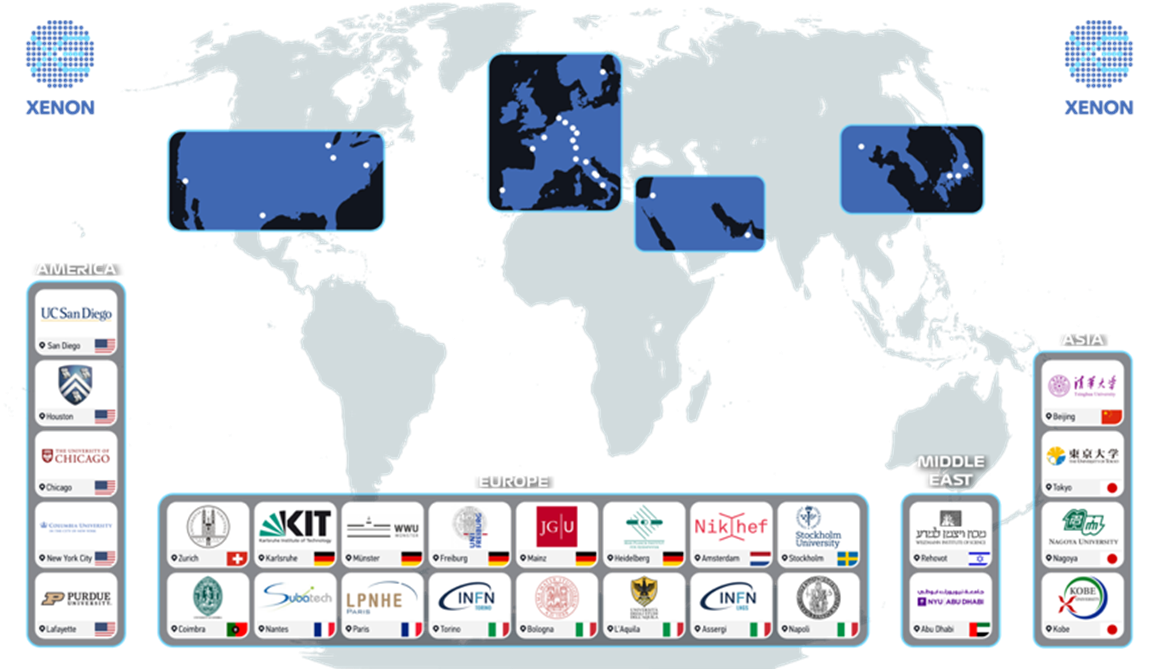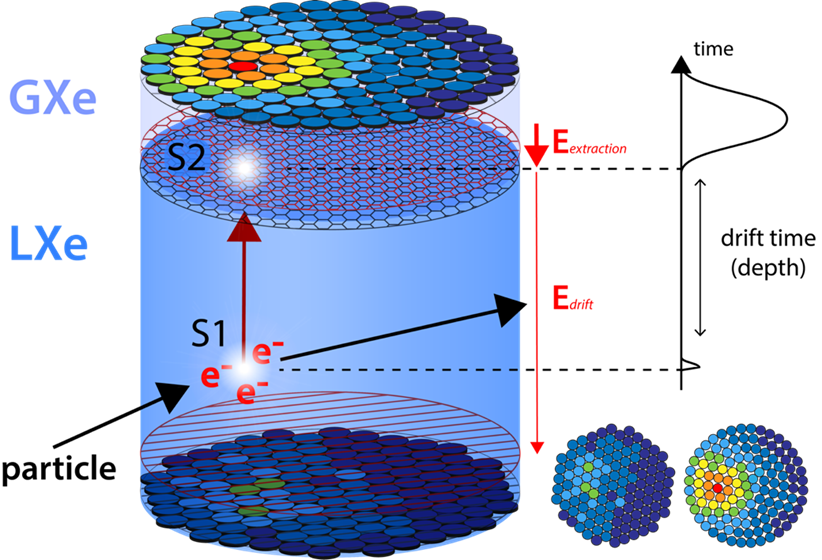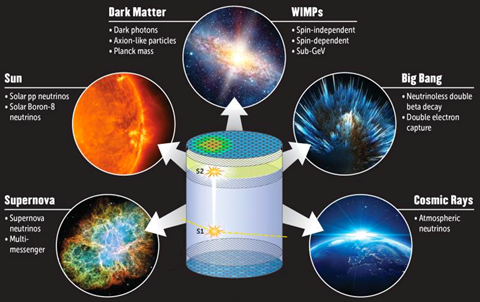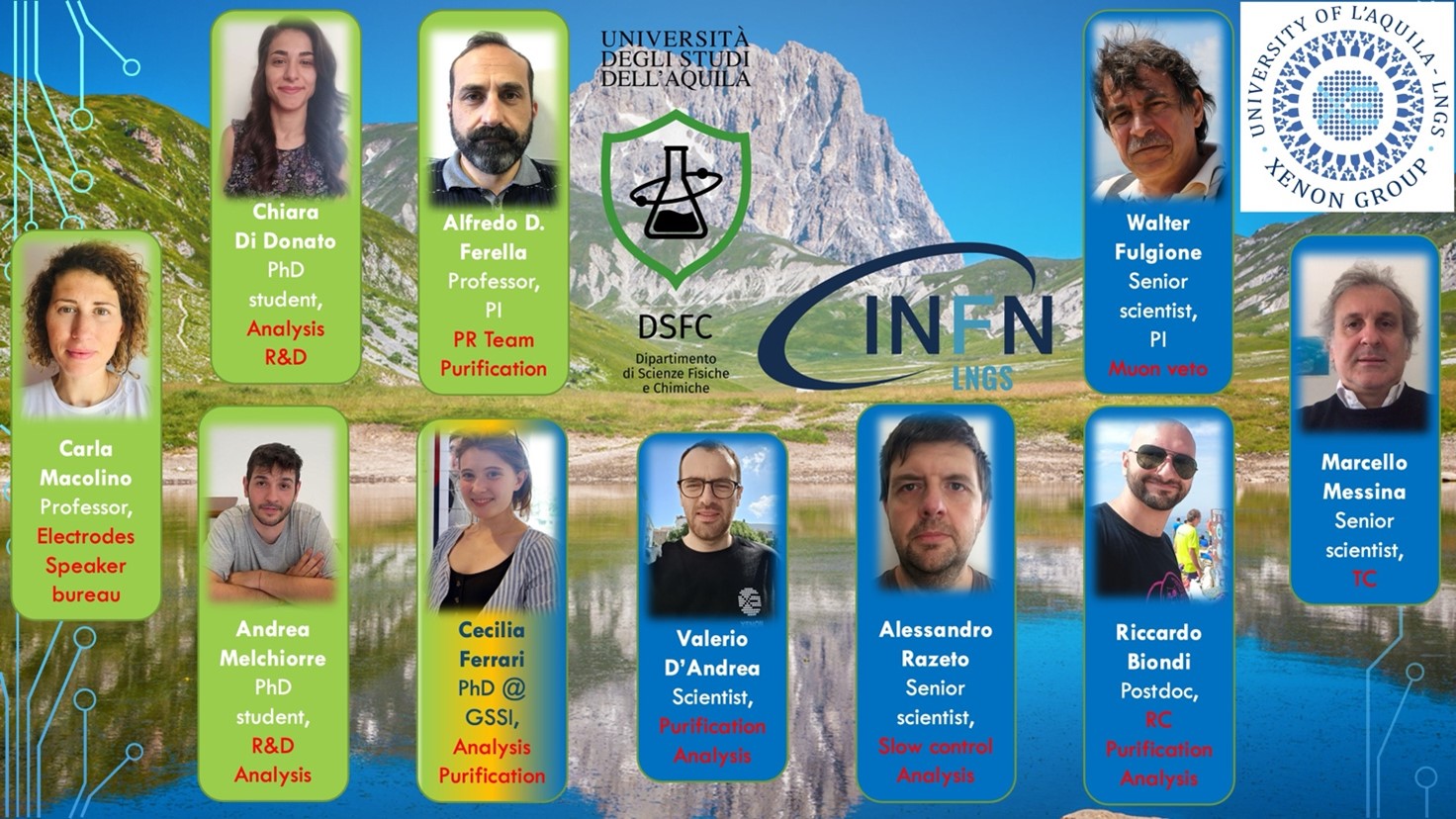Elementary particle experimental physics

Blazar, Cosmic ray accelerator. Source: credit IceCube, WIPAC
In the realm of multi-messenger astrophysics, cosmic messengers serve as invaluable tools for scrutinizing the acceleration and production processes within the astrophysical sources they originate from, i.e. the most powerful particle accelerators in the Universe. Our group is at the forefront of multi-messenger astrophysics, a field exploring cosmic phenomena through different signals. Specifically, we concentrate on cosmic-ray and gamma-ray research, being part of scientific collaborations such as the Pierre Auger Observatory for investigating the most extreme cosmic-rays in the Argentinian Pampas, the Cherenkov Telescope Array (CTA) for pioneering ground-based gamma-ray astronomy, and HERD-DMP for low-energy cosmic-ray experiments up to the PeV region.

Central Laser Facility of the Pierre Auger Observatory. Source V.Rizi
Expertise Highlights
Our interdisciplinary expertise spans over cosmic-ray phenomenology, including detailed data analysis and the development of novel detection techniques. We specialize in studying the intricate interactions of cosmic rays in astrophysical environments as well as in the Earth atmosphere, unraveling their complexities and probing the properties that influence their behavior. Engaging in Quantum gravity phenomenology further enhances our understanding of the fundamental forces shaping the universe.
Connect With Us
• Phenomenology of Ultra High Energy Cosmic Rays (UHECRs)
• Fundamental physics with UHECRs
• UHECR spectrum and chemical composition
• Monte Carlo simulations and data analysis
Contact persons: Denise Boncioli, Francesco Salamida
• Atmospheric monitoring for UHECR and gamma-ray observatories
• Effects of the variability of the terrestrial atmosphere on UHECR induced fluorescence and Cherenkov light by high energy gamma-rays.
Contact persons: Vincenzo Rizi, Ermanno Pietropaolo, Marco Iarlori
Experiment HERD_DMP: it is an INFN Group II experiment finalized to accomplish a structure a structure for “High Energy cosmic Radiation Detection” (HERD), whose installation is scheduled for 2027 on the China Space Station (CSS), which is aimed to measuring the flow of electrons and photons in the energy range 2 GeV – 100 TeV and charged cosmic rays from 30 GeV to 30 PeV.
Contact person: Noemi Finetti
Dark Matter
Dark matter is one of the most intriguing and still unsolved puzzles of modern cosmology. Unlike the familiar matter that we observe and interact with every day, dark matter does not emit, absorb, or reflect light. Its existence is inferred from various observations and measurements at different scales. The most compelling evidence comes from the study of galaxy rotation curves, the motion of galaxy clusters, and the fluctuations in cosmic microwave background radiation. These observations consistently reveal that the gravitational forces arising from visible matter alone are insufficient to explain the observed dynamics and gravitational effects in the Universe.

The XENONnT experiment
The XENONnT experiment is a cutting-edge scientific endeavor aimed at solving the dark matter puzzle. It is a direct detection experiment carried out under 1400 m of rock, at the INFN Laboratori Nazionali del Gran Sasso in Italy, a few kilometers from our department. XENONnT was realized by a collaboration of scientists from more than 25 institutions worldwide.
The worldwide XENON collaboration. Image credit: the XENON Collaboration
The worldwide XENON collaboration. Image credit: the XENON Collaboration

The experiment employs a dual-phase time-projection chamber (TPC) filled with ultra-pure liquid xenon as the target material. The TPC is designed to detect the faint signals produced when dark matter particles, hypothesized as weakly interacting massive particles (WIMPs), interact with the xenon nuclei. By carefully monitoring the TPC signals, we can distinguish the interactions caused by known background sources, such as cosmic rays and radioactive decays, from potential dark matter signals. The aim is to identify any excesses or distinct patterns in the data that cannot be accounted for by the known sources.
Dual-phase TPC working principles. Image credit: the XENON Collaboration
Dual-phase TPC working principles. Image credit: the XENON Collaboration

Phases of the XENONnT TPC construction at LNGS.
Image credit: XENON Collaboration

By continuously collecting and analyzing data from the XENONnT experiment, we aim at gaining deeper insights into the nature and properties of dark matter particles. The results obtained from our experiment will contribute to our understanding of the fundamental structure of the universe, potentially shedding light on the elusive properties of dark matter and its role in the cosmos. In addition to the search for WIMPs many other important physics channels can be explored by XENON and the successor detector DARWIN. Here the different science channels for XENON and DARWIN detectors are shown.
Different science channels for XENON and DARWIN detectors. Image credit: R. Lang
Different science channels for XENON and DARWIN detectors. Image credit: R. Lang

The XENON group at UnivAq
The XENON group at DSFC – UnivAq is quite active and dynamic and works in collaboration with the researchers of the Gran Sasso laboratory. We are involved in different tasks of the experiment:
• Monte Carlo simulations and data analysis
• TPC detector
• Xenon Purification System
• Muon Veto
• Slow-control
and have various responsibilities both in the detector and infrastructure operations and maintenance (Technical Manager (TC), Run Coordinator (RC)).
We have also a variety of R&D projects ongoing, all aiming at detector technology improvements in view of the next generation xenon based dark matter experiment, DARWIN.
The XENON group at UnivAq – LNGS
Contact persons: Carla Macolino, Alfredo Davide Ferella
We have also a variety of R&D projects ongoing, all aiming at detector technology improvements in view of the next generation xenon based dark matter experiment, DARWIN.
The XENON group at UnivAq – LNGS
Contact persons: Carla Macolino, Alfredo Davide Ferella
Associate Professor
Associate Professor
Assistant Professor
Marco Iarlori
Technical staff
Associate Professor
Full Professor
Associate Professor
Associate Professor



